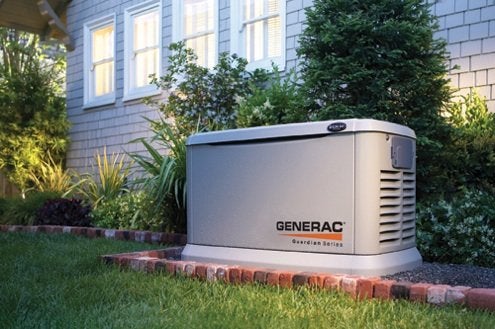If a biodegradable product end up in landfill, it will produce methane as they biodegrade, methane is a strong green house gas that warm up our planet. Notably, there are landfills that can collect methane gas generate and anaerobic digestion, and produce electricity, but many don't. In those cases, biodegradable products may actually be worse for the environment than ordinary trash.

In many cases however, biodegradable products are more earth-friendly, if they are deposed correctly. The key is to get biodegradable products into composting facilities, they can make the most value our of these materials.
According to scientists however, the best way to mince your environmental foot print, is to reduce how much you consume and throw away in the first place.
http://www.seeker.com/biodegradable-products-damage-environment-too-discovery-news-1765278803.html





